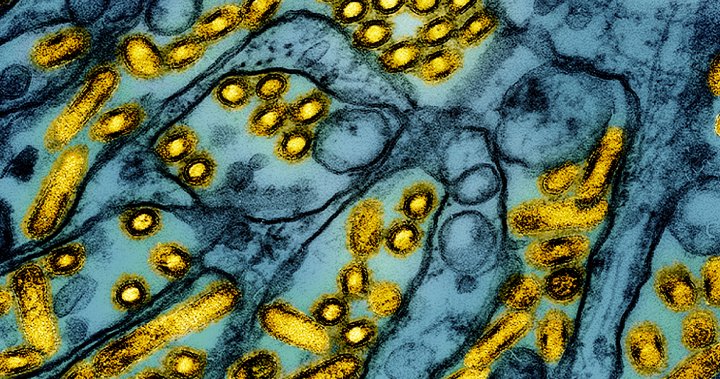Bird flu—such as avian influenza A(H5N1) viruses—has reached a new level of severity in recent weeks, with hospitals worldwide being called on to act proactively in identifying infected individuals. The United States has been tasked with screening infected officials and healthcare workers for this type of virus, including performing subtyping assessments in hospitalized patients and contact points within the healthcare environment. The data shows that as many as 67 people have been diagnosed with H5N1 avian influenza in the U.S. since the beginning of 2024, and in Louisiana, at least one person has succumbed to the病毒. The病毒 has exploded into new, high-risk animals, ranging from birds to domestic animals, posing a threat to human health. Accordingly, states across the U.S., including New York, have issued new guidelines to prevent the virus from spreading into human populations, emphasizing the importance of prompt and thorough testing.
In New York,vincial leaders have issued an updated set of instructions, urging officials and healthcare workers to interview any suspected individuals with confirmed symptoms of avian influenza. Additionally, labs have been instructed to test and screen the labroom for any contact points, including visitors, lab staff, and patients, to identify and handle any potential avian infection. These steps are critical to ensuring that infected individuals are promptly identified and acted upon to prevent delays or further spread of the virus.
The guidelines are a response to the ongoing global pace of surveillance and testing for avian influenza. Dr. Isaac Bogoch, an infectious diseases specialist at Toronto General Hospital, emphasized the increasing risk of avian influenza infections and the need for ongoing management by public health officials. He noted that while the risk to the general public remains low for this specific strain of the virus, the potential for outbreaks and the impact on human health persists. Bogoch stressed the importance of adapting measures and exceeding not just containment efforts for avian wildlife but also ensuring sufficient preparation for human health risks.
Avian influenza A(H5N1) is a highly prevalent and potentially dangerous pathogen that infects birds, mammals, and humans, particularly in rare cases. The U.S. institutionalized a surveillance program that began in November 2024, in which samples from people in close contact with infected animals are submitted to laboratory testing to screen for avian influenza. Similar measures are in place in Canada, where the first human case of H5N1 avian influenza has been identified. However, these findings have not yet resulted in a clinical diagnosis.
The Canadian Food Inspection Agency has implemented additional surveillance efforts to monitor highly pathogenic avian influenza (HPAI) in dairy cows, ensuring food safety and preventing human infection risks that could impact agricultural output. While these actions are important, they must be balanced with broader efforts to control and manage bird flu, as both the domestic and agricultural sectors are at high risk for spread. The ongoing efforts to stop this 曾是一种与人类共存的病毒annaaleeds to keep an eye on to prevent further spread of H5N1 avian influenza across the nation.










